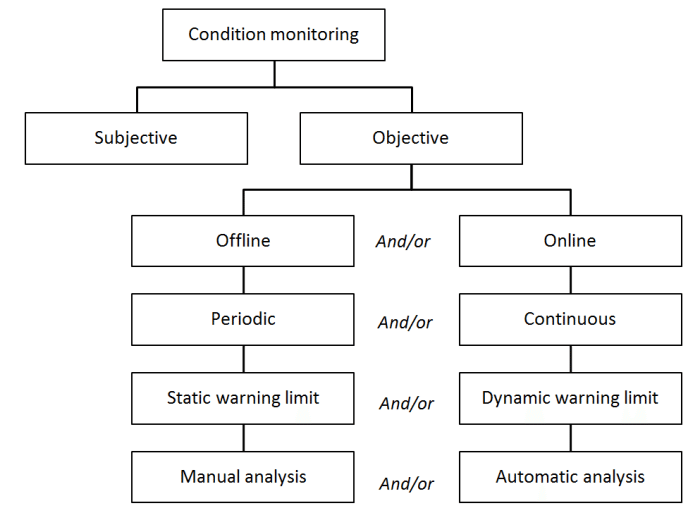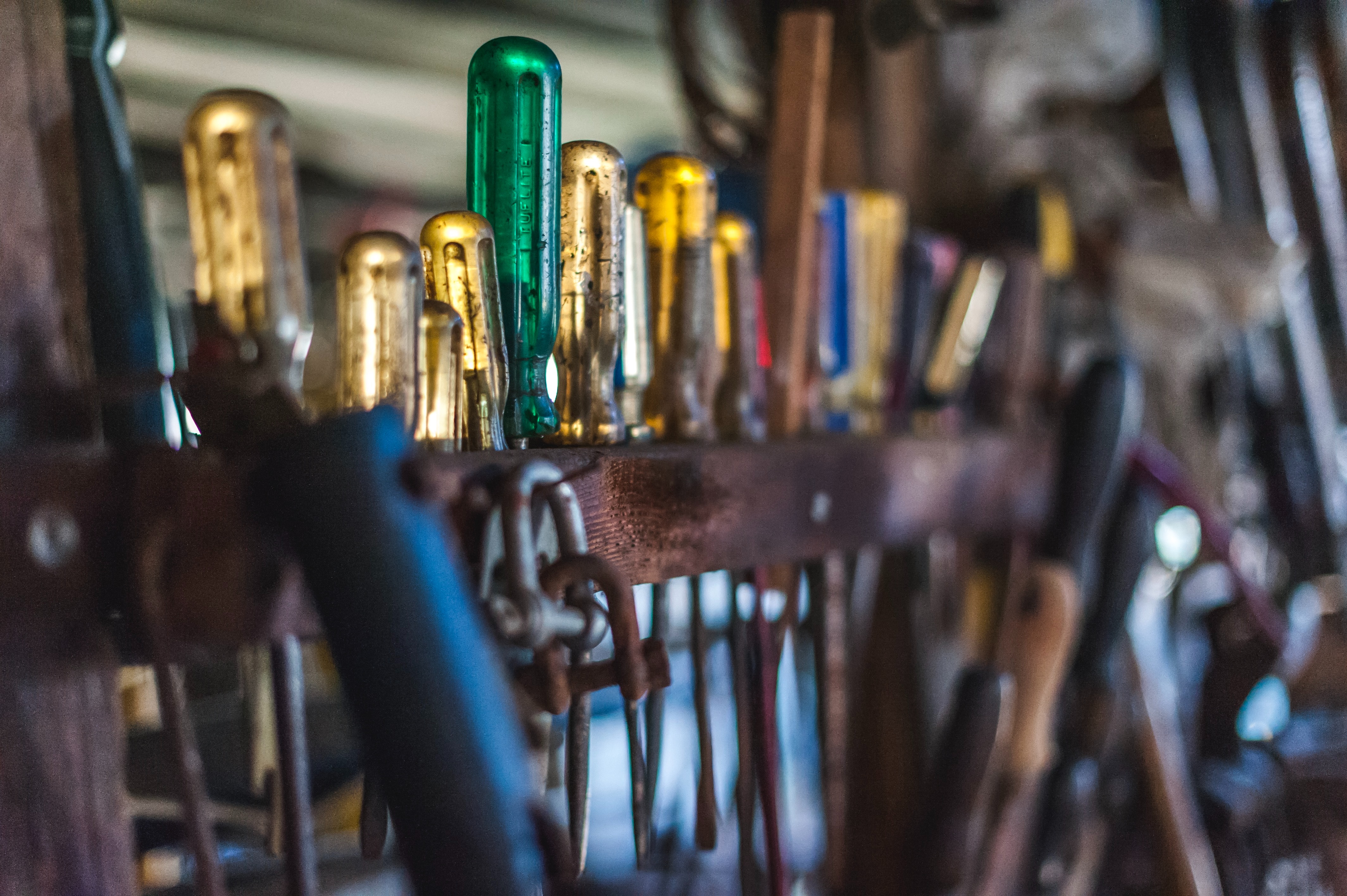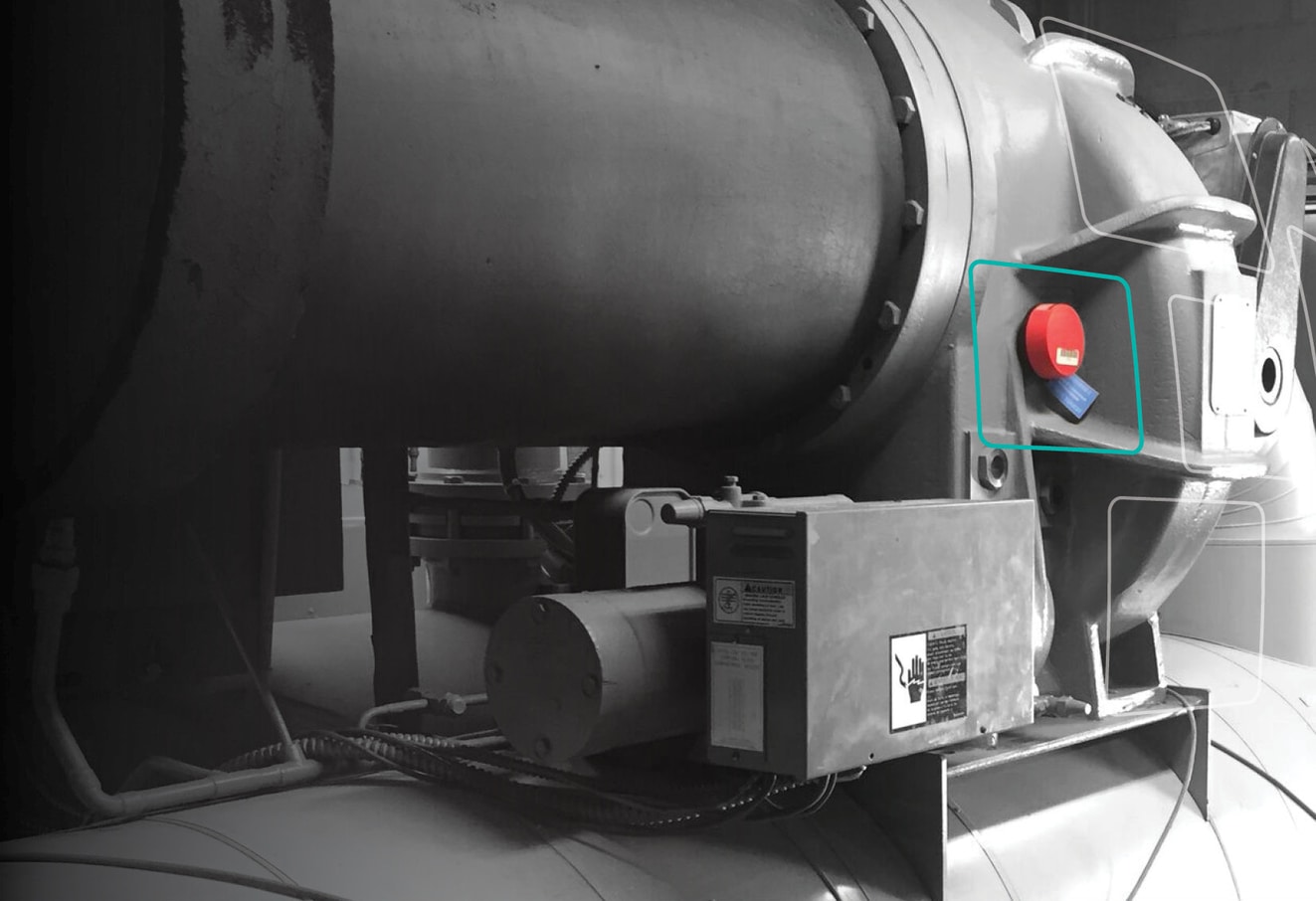Condition Based Maintenance Requires Real Time Condition Monitoring

Condition Based Maintenance (CBM) is just that - repairing assets based on condition data (ideally ahead of failure). Most leading practitioners agree that in order to implement a true CBM approach, organisations need to be monitoring their equipment continuously, in real-time. Otherwise they are still running closer to traditional, routine maintenance approach.
This 'continuous' distinction is important to understand because of what real time data facilitates.
Think about this: traditionally, to determine the condition of a piece of equipment at a point in time we need to physically inspect the asset (and it's components). Sure, nowadays we utilise a sensor in this process, but it is generally handheld, or attached to the asset during physical inspection. There are even solutions out there that sit on a machine but only take samples when manually requested.
All of these solutions gives us an indication of condition, however it's just one sample, from one static point in time. Anything we do from here is reactive, and our ability to take the right action is greatly hindered if this is the first time we've picked up any deviation. We don't know when the deviation first occurred, whether it is consistent, whether it is righting itself or getting worse etc.
To answer these questions, and not undertake work that causes downtime unnecessarily we have to take another sample, and then another, and then another and then... well you get the point. In order to validate an issue that requires us to take action, we need a good data set. That takes time and is pretty impractical to do manually - unless you really want to blow out your labour costs and time to repair. Not to mention lose focus on monitoring of other equipment. That's just talking about getting the data, not even the effort required to analyse and diagnose issues.
Condition Based Monitoring and Decision Making Is Data Dependent
It quickly becomes clear the advantages of condition based maintenance approach are maximised through continuous condition monitoring tools. The maintenance experts must know what they're talking about!
Real-time monitoring solutions give us the data we need to make the most informed decisions. The best are robust enough to handle diagnosis and provide instant alerts to errant behaviour.
We can see this in action thanks to increased research into CMB. The figure below makes clear the significant differences between continuous condition monitoring solutions and ad hoc condition analysis tools when it comes to decision making.
 Condition Based Maintenance in the Manufacturing Industry: From Strategy to Implemetnation - Scientific Figure on ResearchGate. Available from: https://www.researchgate.net/figure/Different-approaches-to-condition-monitoring-adopted-from-Bengtsson-2007b_fig5_321883047 [accessed 7 Dec, 2021]
Condition Based Maintenance in the Manufacturing Industry: From Strategy to Implemetnation - Scientific Figure on ResearchGate. Available from: https://www.researchgate.net/figure/Different-approaches-to-condition-monitoring-adopted-from-Bengtsson-2007b_fig5_321883047 [accessed 7 Dec, 2021]
We've discussed the value differences of periodic vs continuous data collection above. However, the latter two comparisons in this diagram are also critical for the most effective condition based maintenance approaches.
Static Warning Vs Dynamic Alerts
With a traditional, routine approach to condition monitoring we limit ourselves to a very small set of results and therefore a small set of possible decisions. In the case of determining whether a problem has arisen or not, we can only say that something has or has not occurred. Without the large set of data to analyse (historical, real-time and benchmarked) it is hard to infer that something will occur. This therefore impedes an organisation's ability to take actions based on equipment behaviour and keeps us in the realm of reactive maintenance.
Manual Analysis vs Automatic Analysis
Thanks to AI and machine learning, vast amounts of equipment data can be parsed and analysed via condition monitoring solutions. So when we have a sensor running continuously on a machine, queries can be conducted automatically - at scale. This lack of manual input is a lean process benefit (removing the waste of motion) and can be replicated exactly as many times as required. We also remove opportunities for human error to creep in - though we must be sure to use a high-fidelity condition monitoring platform.
It's Not CBM if it's Not Real Time
Any condition monitoring process that can't be run in real time, continuously, is not beneficial to a true condition based maintenance approach. We must be able to aggregate historical data (both short and long term), live data, and ideally be able to set automated rules that allow us to filter out any red herrings or irrelevant behaviour.
If a piece of equipment is running, particularly if it is critical to your output, it should be monitored in real-time to prevent unplanned downtime and facilitate a true condition based maintenance regime.
Achieve true CBM with FitMachine - a continuous condition monitoring solution for your critical assets. Book a personalised discovery session today and see how your organisation can level up its maintenance approach.
Photo by Dylan Ferreira on Unsplash


